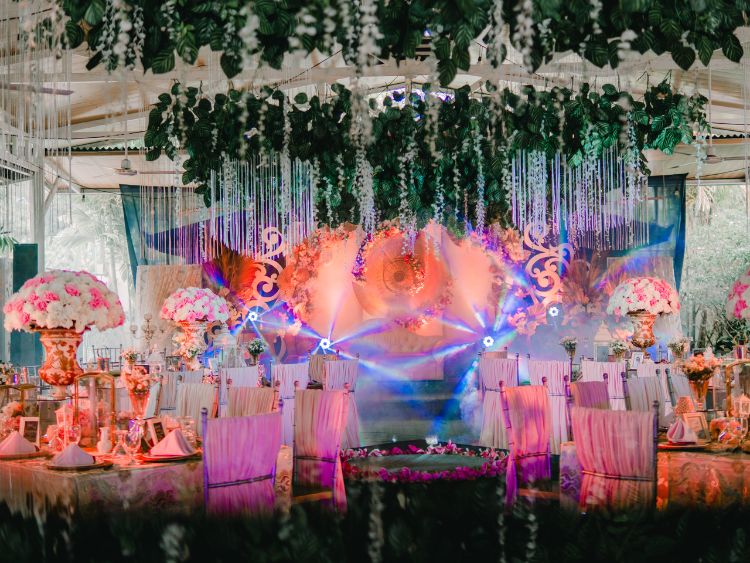What Is a Formal Dress Code?
The term “formal dress code” often sparks a mix of curiosity and dread. It’s that elusive standard of attire that demands sophistication while leaving plenty of room for interpretation. So, what exactly does it mean? A formal dress code typically refers to a style of dressing reserved for special occasions or professional settings, requiring polished and elegant outfits.
Whether it’s a black-tie gala, a wedding, or a business conference, formal wear signifies respect for the occasion and the people present. But don’t worry—this guide has you covered with everything you need to know about acing the formal dress code.
Understanding Formal Dress Code Etiquette
When attending a formal event, it’s essential to follow some basic rules. Here’s a quick breakdown:
- Understand the Invitation:
Invitations often specify the expected level of formality. For example:- Black-tie: Most formal; tuxedos and evening gowns.
- White-tie: Ultra-formal; think royal banquets.
- Business formal: Sleek suits and conservative dresses.
- Stick to Neutrals and Classics:
Avoid flashy colors or patterns unless the event calls for creativity. Navy, black, white, and gray are safe bets. - Prioritize Fit:
Ill-fitting attire, no matter how expensive, can ruin your look. Tailored clothing is a must for a formal dress code.
Formal Dress Code for Men
Men often have it straightforward, but the devil is in the details.
1. The Classic Suit
- A well-fitted suit in black, navy, or charcoal gray is your go-to.
- Pair it with a crisp, white dress shirt.
- Add a silk tie for a complete look.
2. Tuxedos for Black-Tie Events
- For black-tie events, opt for a tuxedo with a satin lapel.
- Match it with a white dress shirt, a black bow tie, and patent leather shoes.
3. Accessories Matter
- Leather belts and shoes should match.
- Pocket squares, cufflinks, and tie bars can add flair without overdoing it.
Formal Dress Code for Women
Women have a broader canvas but face the challenge of selecting the right level of formality.
1. Evening Gowns for Black-Tie Affairs
- Floor-length gowns are the safest choice.
- Stick to elegant fabrics like silk, chiffon, or velvet.
2. Cocktail Dresses for Semi-Formal
- Knee-length or midi dresses are perfect for events that call for business formal.
- Neutral tones with minimal embellishments work wonders.
3. Accessories to Elevate Your Look
- Choose understated jewelry, such as pearls or diamond studs.
- Pair your outfit with heels or sophisticated flats.
Common Mistakes to Avoid
- Ignoring Dress Code Details:
Showing up underdressed—or worse, overdressed—can make you feel out of place. Always double-check the invitation. - Overdoing Accessories:
Keep it simple. Too many flashy elements can detract from the elegance of your attire. - Neglecting Grooming:
Formal wear demands well-groomed hair, nails, and makeup.
FAQs About Formal Dress Code
- What is the difference between black-tie and white-tie?
- Black-tie events call for tuxedos or evening gowns. White-tie is even more formal, requiring tailcoats for men and ball gowns for women.
- Can I wear a short dress to a formal event?
- Yes, for less formal occasions like business formal, a short cocktail dress is acceptable. For black-tie, stick to long dresses.
- Are sneakers ever acceptable in a formal dress code?
- Generally, no. However, some modern semi-formal events might allow clean, minimalist sneakers.
- Can I wear patterns or bright colors?
- It depends on the event. Stick to neutrals for traditional settings, but you can experiment with subtle patterns if the event allows creativity.
- What are must-have accessories for formal wear?
- For men: cufflinks, leather belts, and polished shoes.
- For women: a clutch purse, understated jewelry, and elegant heels.
Quick Tips for Acing the Formal Dress Code
- Plan Ahead: Scrambling for the right outfit last minute? Big no-no.
- Get It Tailored: Off-the-rack doesn’t cut it for formal occasions.
- Pay Attention to Grooming: Details like polished shoes and clean nails matter.
Conclusion: Nail the Formal Dress Code Like a Pro
Understanding and executing the formal dress code doesn’t have to be intimidating. By choosing well-fitted attire, sticking to classic colors, and adding subtle accessories, you’ll always look the part. So, the next time you RSVP to a formal event, you can confidently say, “I’ve got this!”
Authoritative Links:
- Formalwear basics: www.gentlemansgazette.com
- Style tips: www.vogue.com
- Dress code etiquette: www.etiquettescholar.com


